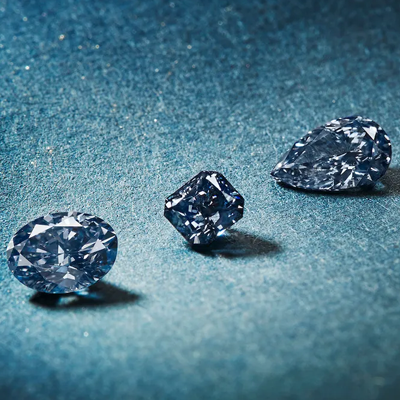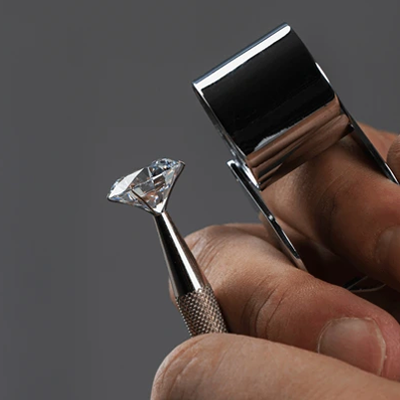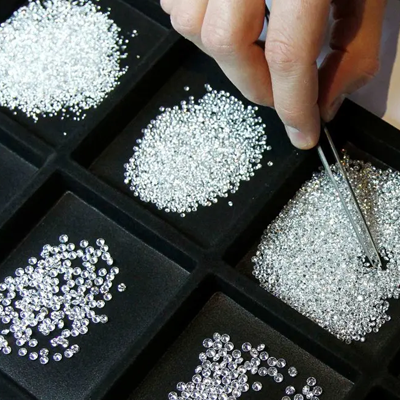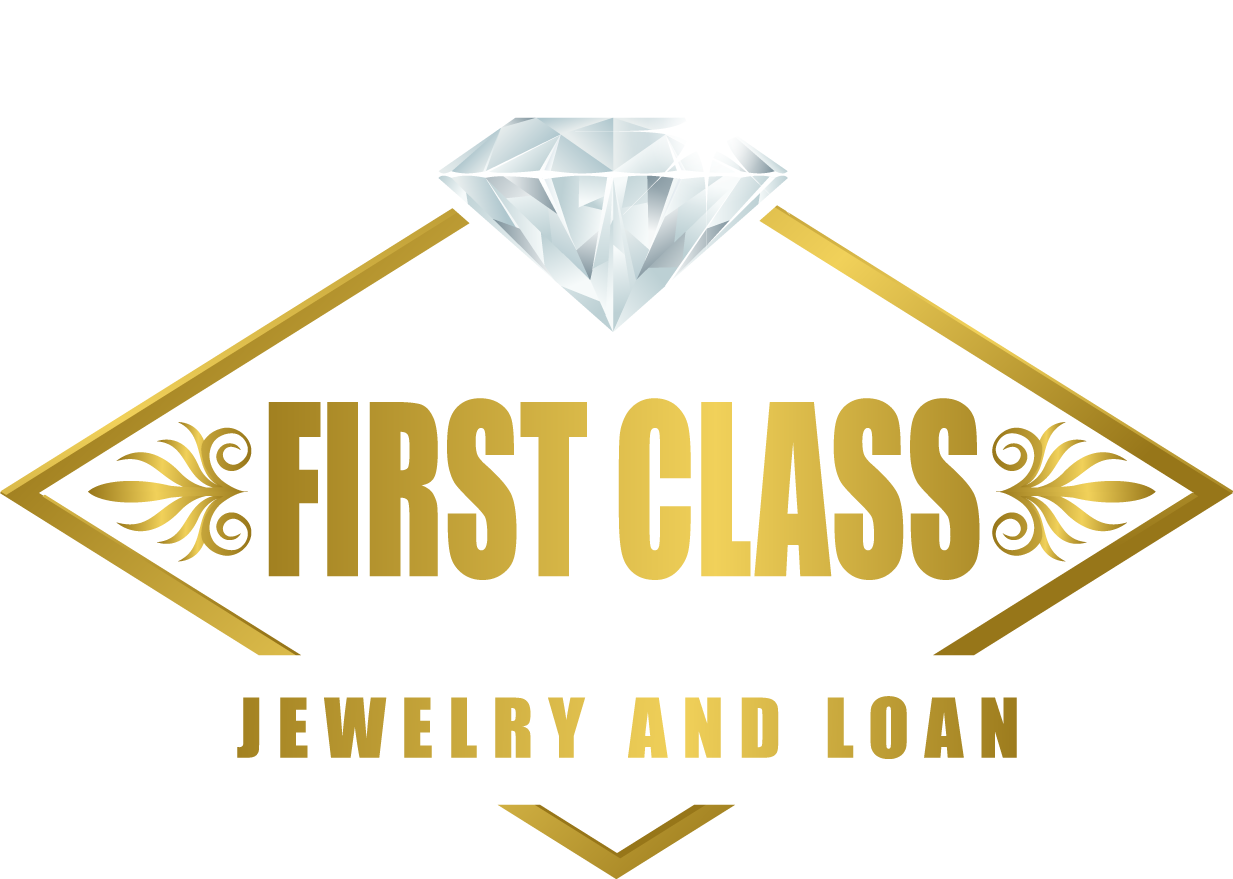The journey of a diamond is a fascinating voyage from deep within the Earth to a cherished piece in someone’s jewelry collection. Each diamond travels across continents, through numerous hands, involving a complex process before it sparkles as a symbol of luxury and commitment. This blog explores the incredible journey of a diamond from its geological formation to its final sale in the market.
Formation and Mining
Diamonds form about 100 miles beneath the Earth’s surface over billions of years under extreme conditions of high temperature and pressure. These conditions cause carbon atoms to crystallize, forming diamonds. The volcanic eruptions then bring these stones closer to the Earth’s surface, embedded in rocks known as kimberlite pipes.
Mining these precious stones is labor-intensive and requires significant technological input. There are two main types of diamond mining:

- Open-pit mining: This involves removing large amounts of the Earth’s surface to access the kimberlite. It is the most common method when the diamonds are located near the surface.
- Underground mining: This method is used when diamonds are deep within the Earth. It involves creating tunnels and shafts to extract the diamond-containing rock.
The majority of the world’s diamonds come from countries like Russia, Botswana, Canada, Angola, and South Africa. Each mining operation adheres to a set of environmental and ethical standards, which are crucial in today’s market where consumers are increasingly concerned about the origins of their diamonds.
Sorting and Grading
Once mined, rough diamonds are transported to sorting centers. Here, experts sort them based on various characteristics such as size, shape, quality, and color. This sorting is crucial as it determines the potential value and market of each stone.
After sorting, diamonds are sent to grading labs. The most renowned among these is the Gemological Institute of America (GIA), which grades diamonds based on the “Four Cs”:
- Carat: the weight of the diamond.
- Cut: the quality of the diamond’s angles, proportions, facets, and finishing details.

- Color: the degree to which the diamond is colorless.
- Clarity: the presence of imperfections or inclusions within the diamond.
These grades play a critical role in determining the diamond’s price and desirability in the market.
Cutting and Polishing
Post grading, rough diamonds are cut and polished to enhance their appearance. Diamond cutting is an art that balances maximizing the stone’s inherent sparkle against its carat weight. The most skilled cutters can turn a rough diamond into a magnificently sparkling gem.
This process can take from a few hours to several months, depending on the diamond’s complexity. The cutter’s job is to choose a cut that highlights the stone’s best features while minimizing imperfections. Popular cuts include round brilliant, princess, and cushion cuts.

Certification and Ethical Sourcing
Before entering the market, each polished diamond receives a certificate detailing its grades for the Four Cs along with a unique identification number. This certificate ensures that buyers know exactly what they are purchasing and helps in maintaining trust in the diamond market.
Ethical sourcing has become a significant part of the diamond industry. Initiatives like the Kimberley Process Certification Scheme (KPCS) aim to prevent “conflict diamonds” from entering the mainstream rough diamond market. This is vital in maintaining the integrity of the diamond trade and ensuring that each diamond sold is conflict-free.
Market and Retail
Finally, the diamonds make their way to jewelers and retailers around the world. At this stage, they are set into various forms of jewelry such as rings, necklaces, and earrings. The final retail environment is where the diamond reaches the consumer, sold as a luxury item or a symbol of love and commitment.
In the digital age, the journey of a diamond does not just end in a store. Online retailers and platforms have become popular places for purchasing diamonds, offering buyers detailed information about the origin, characteristics, and history of their chosen gem.

Conclusion
The journey of a diamond from mine to market is an extensive and meticulous process. It involves numerous steps, each adding value and ensuring that the final product meets the high standards expected by consumers. This journey not only highlights the incredible natural beauty and rarity of diamonds but also reflects the advancements in technology, commitment to ethical standards, and craftsmanship in the diamond industry. Understanding this journey can deepen appreciation for each diamond’s unique story and the extensive effort involved in bringing these gems to market.

